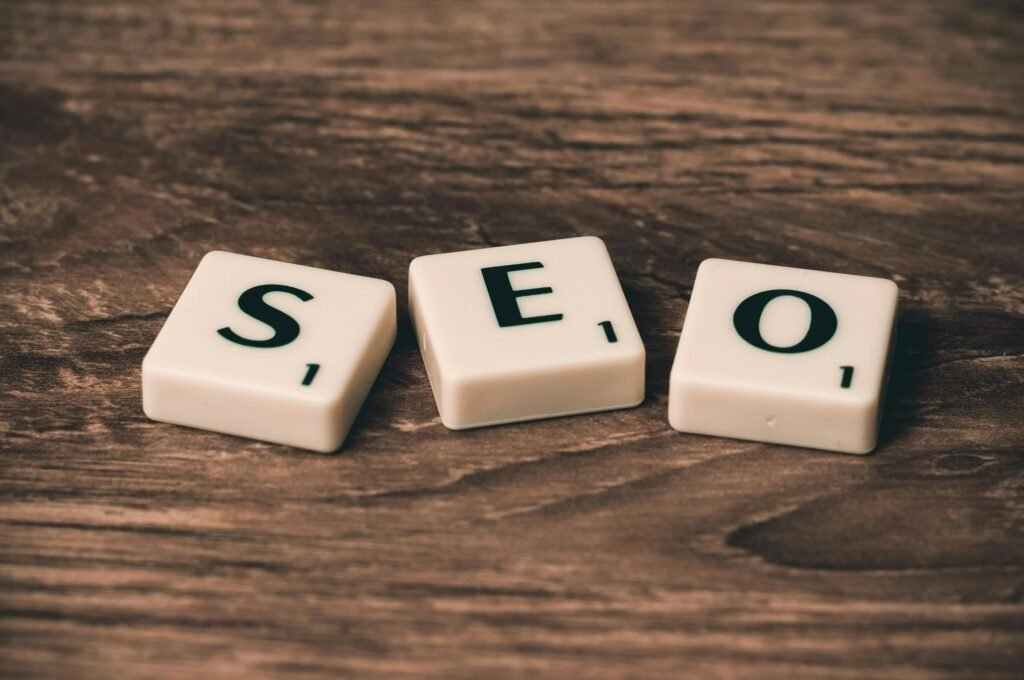Feeding Sickness: Junk Food’s Rise in Africa
Yet again, another fast-food chain is opening. This time in my neighborhood and I am truly disturbed. You see, in the space of just 10 kilometers, there are now four of their branches open to the public. Let me repeat that: in only 10 km, there are four branches luring people to eat different kinds of junk food. Why the concern, you ask? Isn’t this just business as usual? I urge you to look deeper at the consequences of widespread access to junk food. If you care about the lives of those around you, your family, your children, you need to start asking tough questions, pay attention to what is happening in our communities, and notice who is being and will be most affected. We are in the midst of a global epidemic of non-communicable diseases (NCDs) that are devastating families and communities worldwide. This crisis is driven by big food corporations profiting from our nutrition ignorance as we consume their toxic products. Undoubtedly, we Africans can take comfort in knowing that at least our fast food is still made from real ingredients. But how long before those foods are quietly altered with processed, more addictive components, similar to the packaged junk foods we already create and import, further worsening our health and the already rampant diseases we face? Thankfully, some people still grow their own food, eating cleaner and leading healthier lives, but realistically, how long will this continue before convenience and cultivated laziness start to dominate daily life? Too many of us already survive daily on cereal for breakfast; what will happen when the same convenience-driven approach extends to lunch and dinner? Should we continue allowing corporate influence to gradually take over our diets, our health, and ultimately our lives? We need to act now. Content The Junk food Industry: A Brief History To truly understand the effects of junk food, it helps to begin with a quick glimpse into how the fast-food industry emerged and how it has impacted us today. In the 1990s, business giants like RJ Reynolds and Philip Morris shifted from the tobacco industry to food. Yes, tobacco, an entirely different yet equally profitable (and unhealthy) industry they had already mastered. But, instead of leaving behind the exploitative methods that made them billions, they carried them over. The same addiction science once used to hook smokers was now applied to food, and even worse, the same profit-making schemes that ignored health concerns gave rise to today’s cheaply made ultra-processed products. Not only were they creating ways to make food more addictive, but because they needed to produce it as inexpensively as possible, they aggressively lobbied to shape policy and nutrition science itself in order to make their methods seem acceptable, normal, and even claim to be ‘healthy’ despite the obvious. By influencing the FDA, USDA, and prestigious institutions like Harvard, they promoted a food pyramid that minimized the dangers of sugar, going as far as to promote a false daily requirement for it, while painting natural fats as the enemy. Since then, the consequences have been devastating. Strain on Our Health Today, about 70% of children’s diets in America consist of ultra-processed foods, engineered to be addictive but built from ingredients our bodies were never meant to handle: Together, these unnatural ingredients form the backbone of modern junk food. They hijack our biology by tricking hunger signals, dulling satiety, and keeping us eating long past fullness. High-fructose corn syrup, for example, doesn’t just sweeten, it drives relentless cravings, ensuring overconsumption. This toxic combination has reshaped modern diets, driving widespread nutrient deficiencies and escalating chronic health issues. And now, this same blueprint has been extended to African countries, fueling today’s fast-food trends that are becoming harder and harder to escape. That is why awareness and prevention are not optional; they are urgent. Without awareness, our communities risk being locked into the same cycle of addiction, poor health, and preventable disease. The Taste of Disease-Consequences of Junk Food Often, people overlook the true impact of junk food, assuming the main problem is weight gain. If someone isn’t visibly overweight, it is easy to believe they have no hidden health issues. The reality is far more serious Think of it this way. We eat to get the nutrients our bodies need to nourish us, support growth, and maintain a long life. Junk food, high in sugar, unhealthy fats, and additives, fails to provide these life-sustaining nutrients setting the stage for long-term health problems. Consistently consuming these non-nutritious foods doesn’t just cause weight gain; it dramatically increases the risk of chronic diseases. Chronic diseases are long-lasting health conditions that typically persist for a year or more. They often require ongoing medical care and can limit daily activities. Unlike acute illnesses, which appear suddenly and may resolve quickly (like a cold or broken bone), chronic diseases develop slowly and can last a lifetime. Over time, chronic diseases stress and damage organs, disrupt metabolism (the process by which the body converts food into energy), and cause inflammation that harms tissues throughout the body. The most well-known examples include diabetes and heart disease, but the risks go even further: high blood pressure, strokes, fatty liver disease, infertility and even certain cancers, all linked to diets high in ultra-processed foods. Fueling the Body’s Decline These foods directly contribute to chronic disease by disrupting the body’s natural systems of digestion, metabolism, hormone regulation, and immune function. Excess sugar spikes insulin, eventually leading to insulin resistance, the root of diabetes. Refined grains and seed oils trigger chronic inflammation, a hidden driver behind heart attacks, strokes, and other long-term health issues. Moreover, because these foods hijack satiety signals, people consume more than their bodies actually need, compounding the risk of disease. Worse, the consequences go beyond physical decline. Over time, people may experience lower energy, brain fog, and poor mental health, leaving them feeling tired and unmotivated. This often encourages idleness and dependence on the very foods that started the cycle in the first






